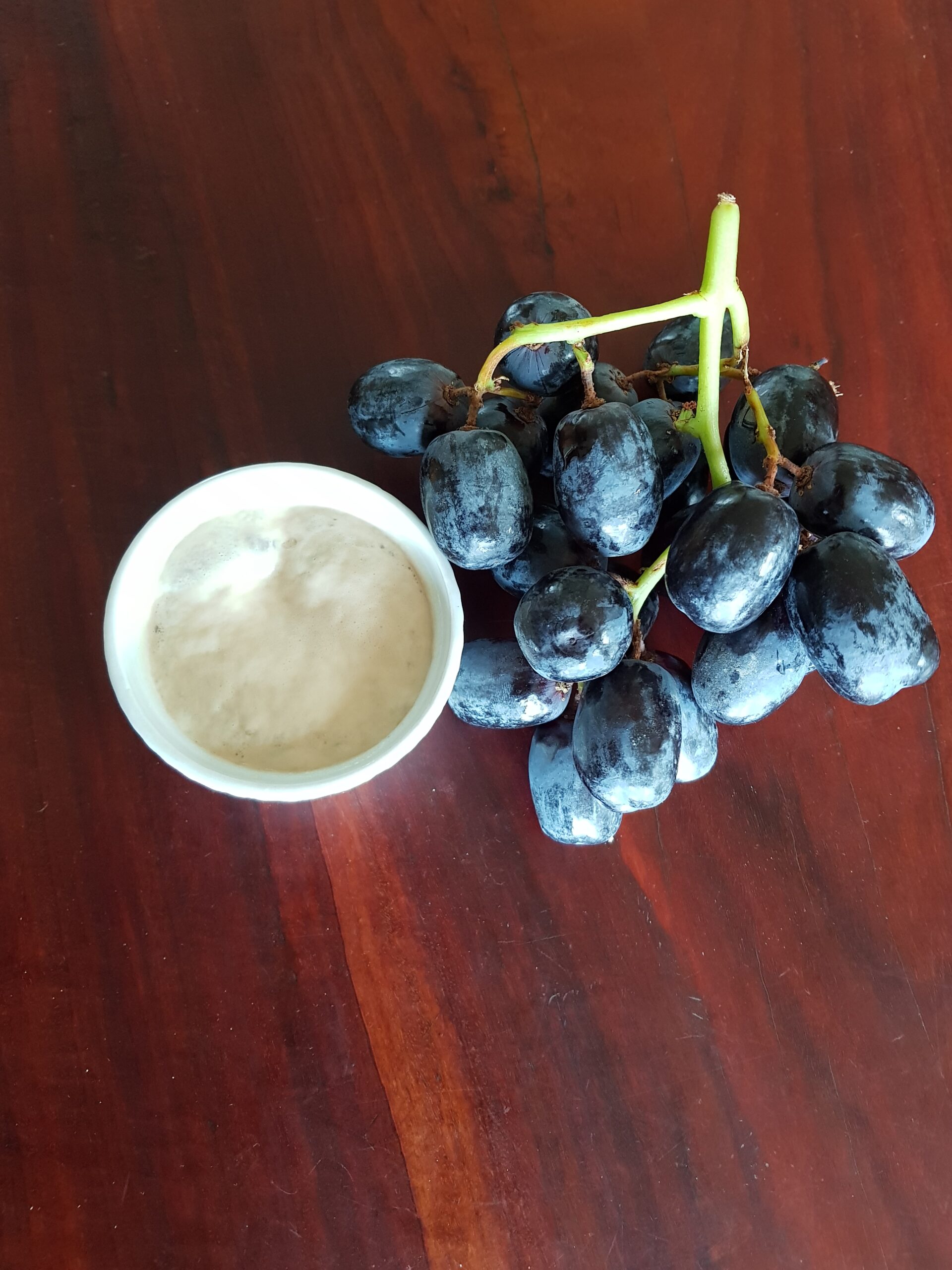Take A Walk On The Wild Side
You may know that yeast is important in winemaking, it’s what causes fermentation and also the bubbles in most sparkling wines. Where does it come from? Yeast is naturally occurring on grape skins, and in the winery environment.
Grapes will spontaneously commence fermentation if left alone at the right temperature. It will be a slow start and can be a little unpredictable and in the hands of a novice can lead to wine that is not very appealing (think rotten egg gas).
To control fermentation and a more predictable outcome, most wines are made using a yeast addition Saccharomyces cerevisiae in fact. Don’t try to say that after a few wines. This yeast can withstand high alcohol levels and finish the job of fermenting a wine to dry (very little natural sugar remaining).
Some winemakers choose to allow wild yeast, those from the grape skins and the environment to induce fermentation. In the hands of a skilled operator these wines are fermented without any faults caused by naughty bacteria. The control of the ferment temperature and available nutrition for the yeast (they can be fussy eaters) is all important.
You may think why bother, well, wild yeast can add a certain complexity to a wine, a little on the funky side, which I personally really enjoy. For winemakers that favour LO-FI winemaking i.e nothing added and nothing taken away, they wouldn’t do it any other way.
For larger, more commercial wineries they require a little more assurance when handling large volumes of wine, as do their shareholders. So most of their wines will be inoculated with yeast, although some of the big players will have a range of wines using wild yeast.
So next time you are looking to purchase a wine, go on the wild side and seek out one that uses wild/indigenous/natural yeast and see what you think. To start with a white wine may enable you to pick up the difference.
Let me know what you think, and post a comment telling us which wine you tried

Virginia Jacobs is a wine educator who has shared the joys of wine with keen amateurs and budding professionals for many years. With a Masters of Wine Technology and Viticulture from Melbourne University, and more than a few tastings under her belt, Virginia will guide you in appreciating the wonders of wine.

